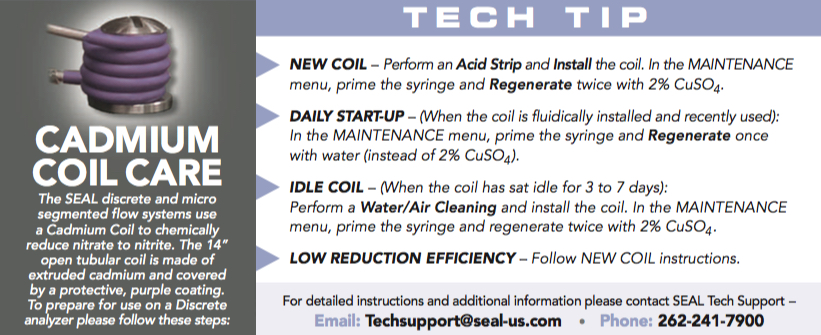
The world needs water. Sitting along the shores and bluffs of Lake Michigan, and the Menomonee, the Kinnickinnic and the Milwaukee Rivers, Milwaukee has lots of it. This makes Milwaukee the perfect city to become a center for Water innovation, and a hub for fresh water research and technology.
The University of Wisconsin-Milwaukee recently finished construction on a new $ 53 million home for its School of Freshwater Sciences. The UWM School of Freshwater Sciences is the only graduate program in the country that specializes in freshwater. The stunning, glass-paneled building nestles up against the Kinnickinnic River just before the river spills into the Milwaukee Bay in Lake Michigan. Inside and out, the building mimics the curves and colors of water. This location provides both a beautiful view of the harbor and a convenient docking place for research vessels. With more than half of the nearly 100,000 square foot building dedicated to laboratory space, Milwaukee's water research potential just got a major upgrade!
One of the UWM research groups specializing in the research and development of Urban Aquaculture uses a SEAL AA3 HR. This is a unique program at the cutting edge of fresh water research. This new field aims to tackle an ongoing challenge in society: the demand for local and freshly grown food. Traditionally farmed fish often live in large, relatively stagnant pools, and live on a constant diet of chemicals and antibiotics. Urban Aquaculture will address the challenges of raising fish in the urban setting while improving the environment the fish are raised in. Not only does this help to provide locally grown, clean and sustainable food but it also allows for repurposing old urban building and brings jobs back to the area.
A challenge in Urban Aquaculture is maintaining a healthy aquatic environment. Since a major byproduct of fish is ammonia, it is necessary for the pools to be continuously filtered before the ammonia reaches toxic levels. To do this the water is constantly circled through a filtration system and reintroduced to the pool. To ensure that the filters are performing as they should, the research team uses their SEAL AA3 HR to test for ammonia levels in the water of the fish holding tanks. Having reliable, reproducible ammonia results is vital to the health of the fish.
SEAL Analytical is also based in Milwaukee and proud to be part of a hub for water innovation and research.
For more information on the UWM School of Freshwater Sciences visit — http://uwm.edu/freshwater
For more information on The Water Council and Milwaukee water research visit — http://www.thewatercouncil.com
